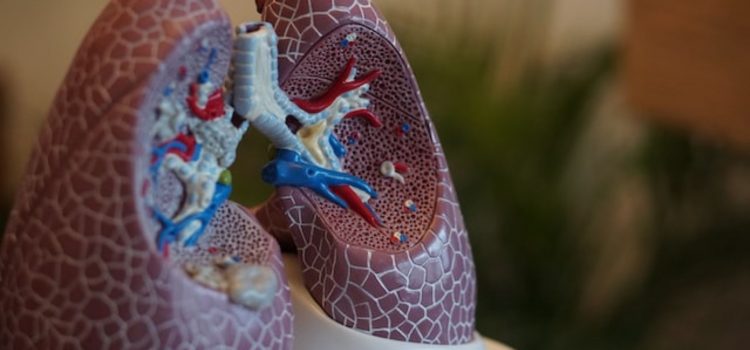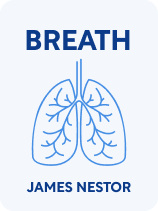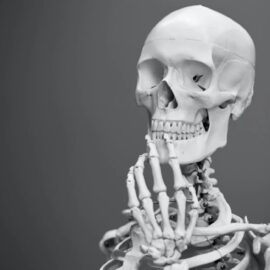

This article is an excerpt from the Shortform book guide to "Breath" by James Nestor. Shortform has the world's best summaries and analyses of books you should be reading.
Like this article? Sign up for a free trial here.
Do you have weak lungs? What can you do to strengthen your lungs and increase their air capacity?
According to James Nestor, there are two aspects to strengthening your respiratory system. First off, you need to train the diaphragm muscle that drives your breathing. Secondly, you need to strengthen the muscles and bones of the face that support your vital airways.
Here is what to do to strengthen your breathing apparatus.
Strengthen Your Diaphragm
Training the diaphragm to work harder has been shown to help both patients with breathing problems and Olympic athletes, while strengthening the muscles of the face can help anyone undo the damage of a life of soft foods.
Strengthening the diaphragm has long been the province of vocal coaches, in particular choir director Carl Stough, whose success training singers to improve their lung capacity led him to join forces with doctors treating people with tuberculosis. By training the patients to better use their diaphragms, they were able to regain more use of their lungs and improve their quality of life. Driven by the diaphragm, the pressure of our lungs breathing in and out creates a process called the thoracic pump, which brings blood back to the heart to replenish it with oxygen. Stough went on to bring his diaphragm-strengthening techniques to athletic training, enabling several Olympians to break their personal records in the 1968 games.
(Shortform note: Diaphragm breathing has long been a staple of musical training for vocalists and is also key to meditation because of how effectively it reduces feelings of stress. Long after Carl Stough’s work in the 1960s, studies have shown that diaphragm breathing during exercise reduces the imbalance between free radicals and antioxidants (oxidative stress) caused by exhaustive workouts. For athletes, it’s been suggested that diaphragm breathing improves coordination, reaction time, and the ability to process new information.)
Strengthen Your Mouth
Another aspect of strengthening your lungs is opening your airways. Nestor says that to do this, you should learn to maintain good oral posture, holding your mouth closed with your teeth gently touching and your tongue against the roof of your mouth. This positions your face to maximize the airways that allow you to breathe through your nose.
(Shortform note: In Breath’s appendix, Nestor directs readers to Andrew Weil’s 4-7-8 Breath Technique that combines diaphragmatic breathing with proper positioning of the teeth and tongue. Physiologists add that holding your tongue at the roof of your mouth increases the stability of your head, neck, and spine.)
Oral posture is hard to maintain if your face is out of shape from a lifetime of soft foods, but it can be toned and strengthened like any other part of your body. Nestor explains that the maxilla (the primary facial bone) is more malleable than any other in the body—it can grow and reshape itself all our lives. It does this via stem cells in the seams between the bones in your skull, cells that are activated by the act of chewing. Therefore, eating hard, unprocessed foods promotes increased bone mass in your face and strengthens the muscles that hold your airways open. You can also increase bone mass by using an oral appliance designed to widen the mouth.
| The Medical View on Reshaping the Face The ability of the face to widen and redevelop bone structure on its own is still a subject for debate. Surgical methods are commonly used to widen narrow mouths as a precursor to other corrective dental procedures. However, research shows that non-surgical methods using dental appliances can have similar results with negligible complications. The specific oral device Nestor references is the Homeoblock, developed by dentist Theodore Belfor. A clinical study at Montefiore Medical Center to evaluate the Homeoblock’s effectiveness at expanding the maxilla, palate, and jawbone, as well as its viability as a CPAP alternative for people with sleep apnea, is currently under review. |

———End of Preview———
Like what you just read? Read the rest of the world's best book summary and analysis of James Nestor's "Breath" at Shortform.
Here's what you'll find in our full Breath summary:
- Why you're probably breathing wrong
- The benefits of learning how to breathe properly
- The potentially dangerous side effects of mouthbreathing






